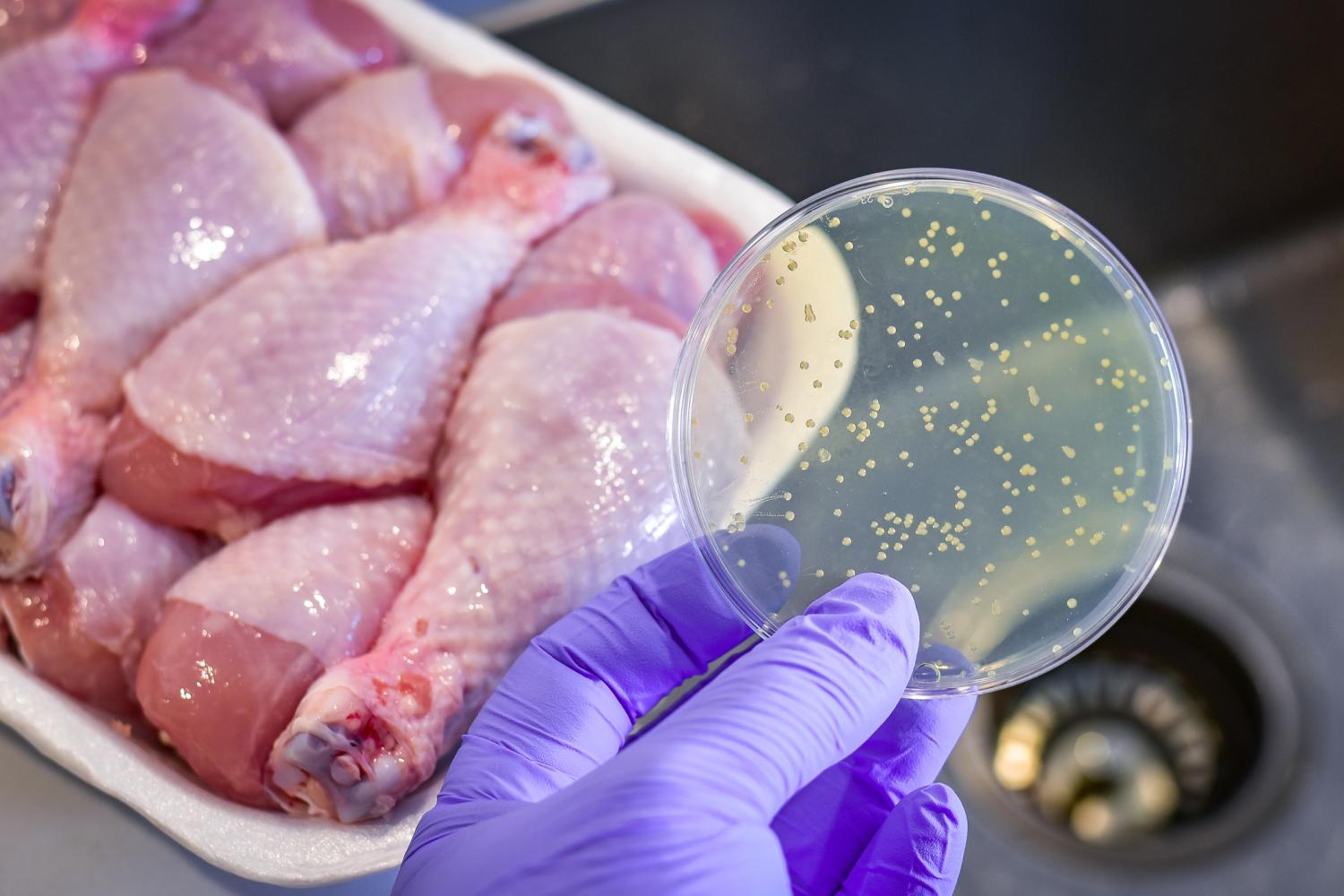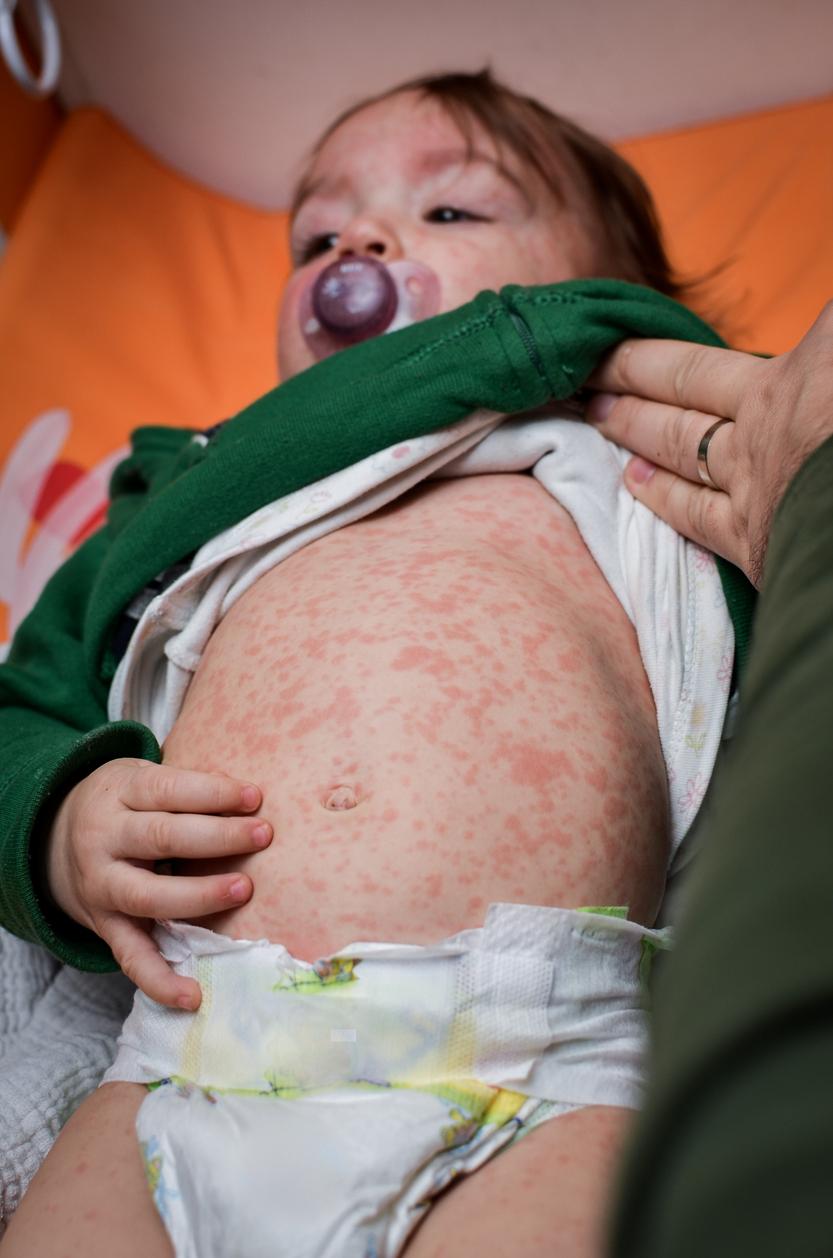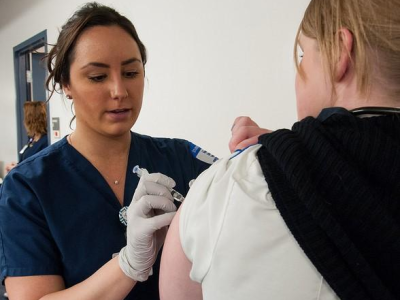
A genomic analysis of Salmonella isolates from retail poultry meat highlights the ongoing spread of multidrug-resistant (MDR) strains in the food supply chain, researchers reported today in Scientific Reports.
Using surveillance data collected by the National Antimicrobial Resistance Monitoring System (NARMS) from 2020 through 2024, researchers from North Carolina State University conducted antimicrobial susceptibility testing and whole-genome sequencing (WGS) on 132 Salmonella enterica isolates from retail poultry products sold in North Carolina.
Their aim was to investigate the prevalence of extended-spectrum beta-lactamase (ESBL) genes, particularly blaCTX-M-65, which has been associated with MDR Salmonella strains. Salmonella is one of the leading causes of foodborne illness worldwide.
"The presence of blaCTX-M-65 in Salmonella enterica serovars such as Indiana, Typhimurium, Infantis, and Senftenberg represents a significant public health challenge due to the potential for these strains to cause severe, difficult-to-treat infections," the study authors wrote. "This gene is often located on mobile genetic elements, such as plasmids, which facilitate horizontal gene transfer between different bacteria, exacerbating the spread of resistance within both clinical and environmental settings."
Surveillance, stewardship needed to curb spread of resistance in food
Among 132 isolates representing 25 serovars, 14 were resistant to three or more antibiotic classes and labeled as MDR. WGS revealed that all 14 isolates harbored blaCTX-M-65 and belonged to three serovars—S Infantis (11 isolates), S I -:r:1,5 (2), and S Senftenberg (1)—with associated sequence types ST32 and ST14.
WGS also identified the presence of additional resistance determinants, including genes encoding resistance to aminoglycosides, tetracyclines, sulfonamides, and quinolones.
The authors say the detection of blaCTX-M-65 across multiple serovars suggests that spread of the gene is not limited to one serovar or lineage and underscores the importance of routine surveillance for MDR Salmonella serovars.
"This study highlights the need for comprehensive strategies, including genomic monitoring and the prudent use of antibiotics, to curb the spread of resistance in food production settings," they wrote. "In addition to surveillance and antimicrobial stewardship, consumer education on proper food handling, cooking, and hygiene practices is essential to reducing the risk of Salmonella infections."














